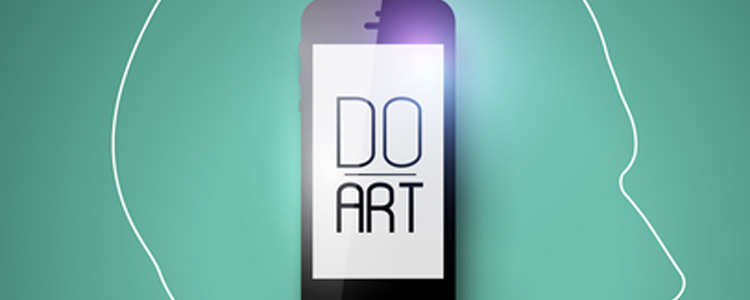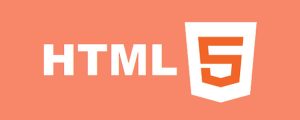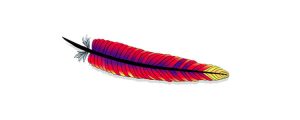When it comes to web design, it pays to adhere to the adage that claims if you’re not ahead of the times, then you’re behind them. Web design is always changing and that can make it hard to keep up with the latest trends. Here are some web design trends for 2016 worth following.
Card-Style Interfaces
The emergence of card-style interfaces has been one of most important elements to come from Material Design (a design language developed in 2014 by Google). You’ll find them in everything from printed pieces, to websites, and apps. They’re fun to create, but also make it easier to keep information organized.
Rich Animations
Animations create a more lively and engaging experience than static images, as well as provide a smoother visual feedback. And motion helps attract attention to specific elements on the page, while also guiding users through long-scrolling experiences.
More Attractive Typography
As interfaces have become more streamlined a more attractive typography has emerged. Big, bold typefaces remain vital because they work well with other elements that have trended in the past few years. Other benefits of dramatic typography? It provides the opportunity to better display brand identity, as well as work to enhance text content.
Continued Focus On Interactions
Interaction works hand-in-hand with animations and are an important part of mobile interfaces and apps. Moreover, they can be small, simple interactions – such as alarms for a text message – that offer value to users, as well as shape how they interact with their devices.
Lots of Color
The 2015 trend of using brighter colors has continued in 2016 and been taken to an even higher level in bolder, more vibrant fashion. The use of different colors and gradients help distinguish content and are visually stimulating. Contrasting colors also make it easier to distinguish what’s in a photo.
Hero Headers
Hero headers – which are common in movie-style sites – feature an over-sized display that blends visual, text, and navigational elements above the scroll in a design framework. Thanks to high-speed internet connects and better video integration, this type of experience has become more common and, like color, has become bigger and bolder, so to speak. Video clips have grown from small snippets to longer clips in which images are sharper and crisper than ever before. All in all, it’s a trend that enables users to enjoy a new video experience online.
Minimalist Design
Stripping away distractions on web designs makes it easier to focus on content, and content remains king. Again, the fewer elements on a page, the stronger the remaining ones are. But the same can be said of content: getting rid of unnecessary words will enable you to communicate as clearly – and succinctly – as you can.
Illustrations & Sketches
You can add fun to your site with illustrations and sketches that aren’t just for kids anymore. Illustrations help make a site feel more personal, and if an icon appears to be hand-drawn it helps you create a closer connection with the user.
Slides
Full-screen slides have become a part of web design evolution, with each slide presenting new content. Whether with a scroll, click or timed effect, users can interact in a way that almost feels physical.
Designs With Mobile In Mind
Mobile is everything and everywhere these days, and the important thing to remember with mobile designs is that simpler is better. Desktop elements can be adjusted or modified depending on the screen type or size, or can be hidden for users who view the site on mobile devices.
Increased Emphasis On Function
While users appreciate a nicely designed website, it’s not going to matter if it functions poorly. Users are becoming more and more savvy and can figure out quickly if something doesn’t work on a site. This can be a disaster for an e-commerce website. The bottom line: give users both function and design.



